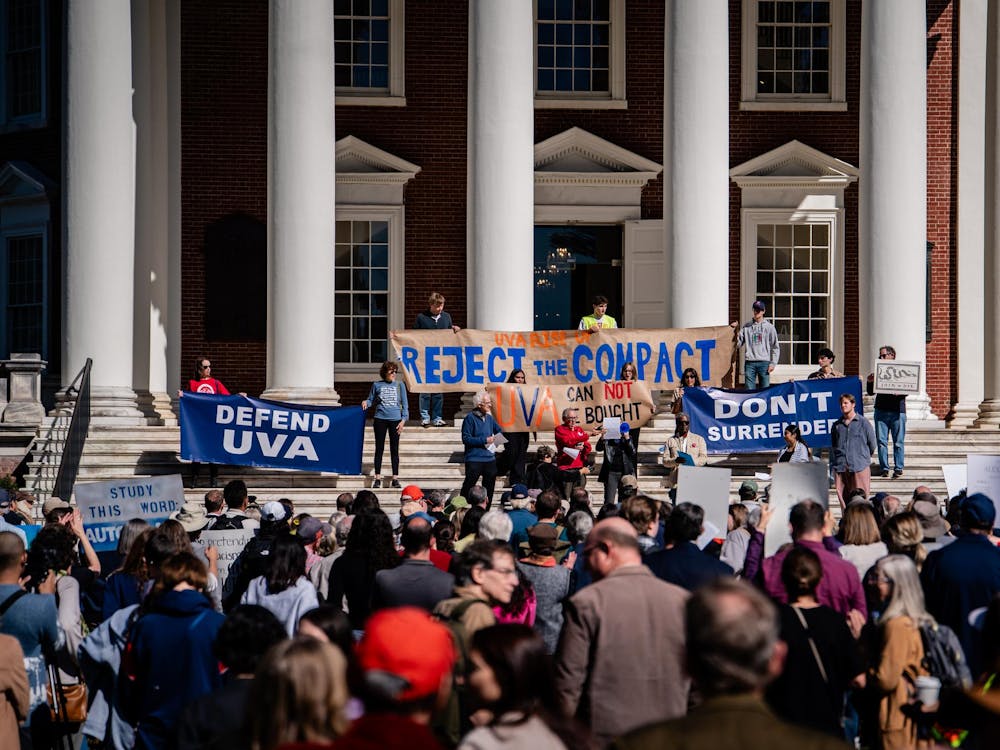The National Collegiate Athletic Association released Wednesday the vault of data depicting this year’s graduation rates for student-athletes. Though the numbers are highly variable — dependent on the metric and sport — the promising increases in the academic statistics for men’s basketball and football players indicate the NCAA’s guidelines are largely proving successful.
The first thing to recollect when examining student-athlete graduation data is that the NCAA uses specific numbers to track academic success. Whereas typical graduation rates count those who transfer from one school to another as dropouts, the NCAA developed the Graduation Success Rate (GSR) to correct this. The GSR includes transfer students as potential graduates. This is to accommodate the frequent changing of institutions that occurs at the collegiate level of sports. Moreover, the GSR documents student-athletes’ progress during a six-year period, as opposed to the traditional four. This is to account for the common practice of student-athletes who stay at a college for a longer period after spending a year as a redshirt. So the graduation numbers just released refer to those student-athletes who enrolled in 2005.
As for the numbers themselves, they are on the whole pretty positive. The NCAA reported an increased GSR nationwide for football and men’s basketball — the two most lucrative and also most academically struggling sports. The average GSR in men’s basketball is at 74 percent, a six-point increase from last year’s statistics. Schools in the Football Bowl Subdivision — formerly known as Division 1-A — saw their average GSR go up to 70 percent. Granted, it was only a rise of 1 percentage point, but the NCAA correctly pointed out that this year was the first year both football and men’s basketball attained 70 percent graduation. Indeed, an NCAA graph reveals that graduating rates in both of these sports has steadily climbed for more than a decade.
The NCAA also released data specific to sports at each school, and the numbers for these teams at our University are equally promising. The GSR for Virginia men’s basketball has now soared for two years. Once graduating 80 percent of its players who enrolled in 2000, that number dropped to as low as 36 percent for the class that entered in 2003. For the past two years, however, the Virginia men’s basketball GSR has risen 14 percentage points annually.
The Virginia football team graduated a respectable 69 percent of its players who enrolled in 2005 — just one point below the national average. Yet the football team’s graduation rates have remained solidly consistent during the previous decade.
There should be a caveat to the optimism about this NCAA data. Perhaps collegiate teams have faced reduced academic standards, or employ nefarious methods to ensure their rates will improve — especially in men’s basketball, where a host of new regulations could ban teams with low GSRs from postseason play beginning this athletic year. Nevertheless, the NCAA’s constant harking about improving graduation rates — as evidenced by its development of metrics and new regulations — has the effect of motivating student-athletes in two sports that struggle most with graduate rates to better themselves intellectually.






